Training Pengembangan Ekonomi Lokal dan Daerah (PELD)
Training PELD ini dilaksanakan oleh Bapenas RI bekerjasama dengan GIZ Jerman yang dilaksanakan mulai tanggal 3 November sampai 10 November 2014 di Thailand. Berbagai hal terkait PELD diberikan kepada peserta yang berasal dari beberapa Kabupaten/Kota di Indonesia dengan berbagai program unggulan daerah yang menjadi perioritas pembangunan daerahnya.
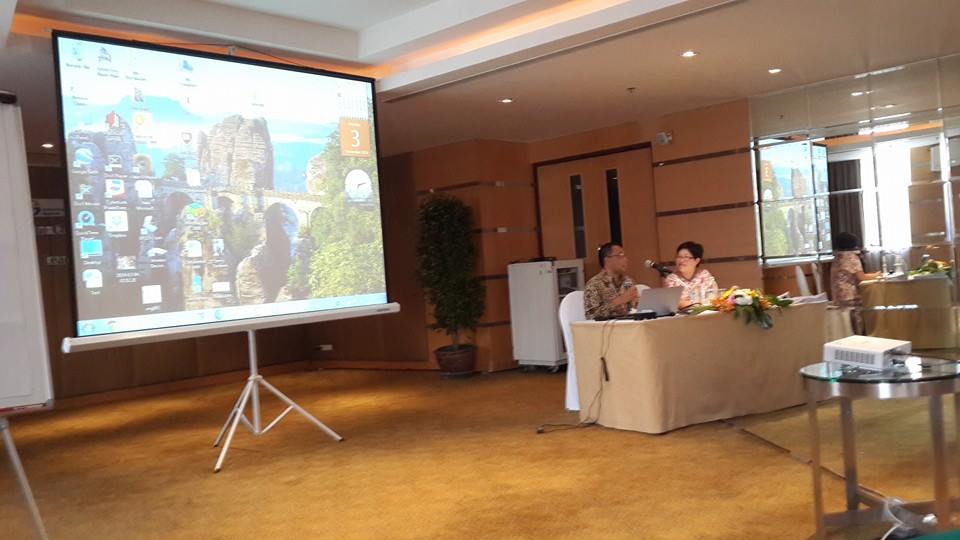
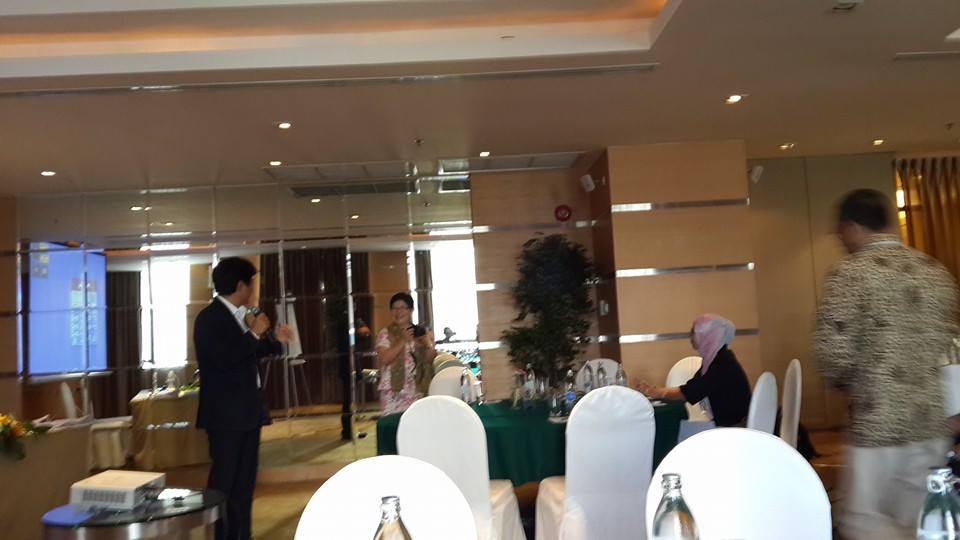
Gambar 1. Pembukaan acara dan pemberian materi training
Selanjutnya dilakukan kunjungan lapang (fieldtrips) pada beberapa perusahan agroindustri dan kampung pertanian unggulan atau one tamboon one produk (OTOP). Pada prinsipnya kondisi wilayah dan perdesaan di Thailand relatif sama dengan di Indonesia, hanya saja tingkat pengelolaan dan penerapan teknologi sudah lebih maju dalam rangka meningkatkan efektifitas dan efesiensi usahanya.
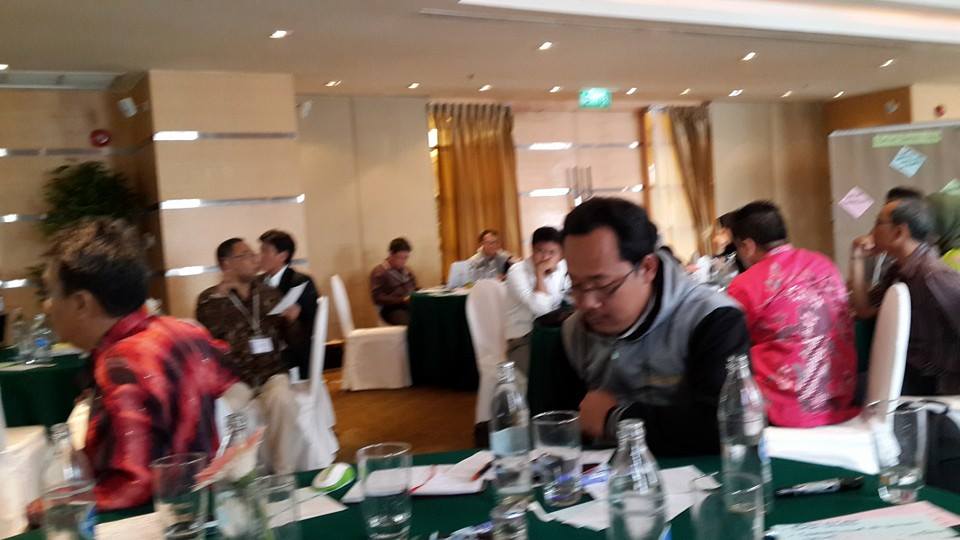
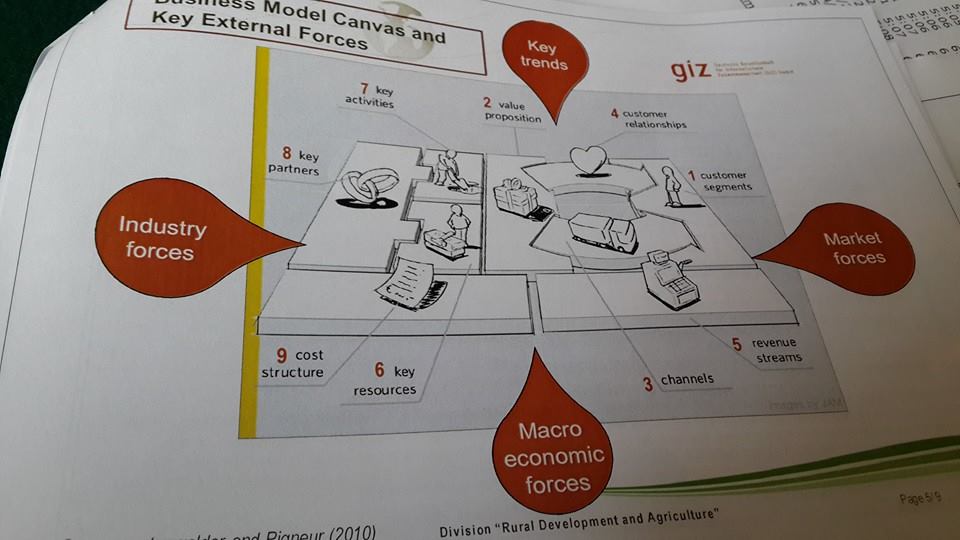
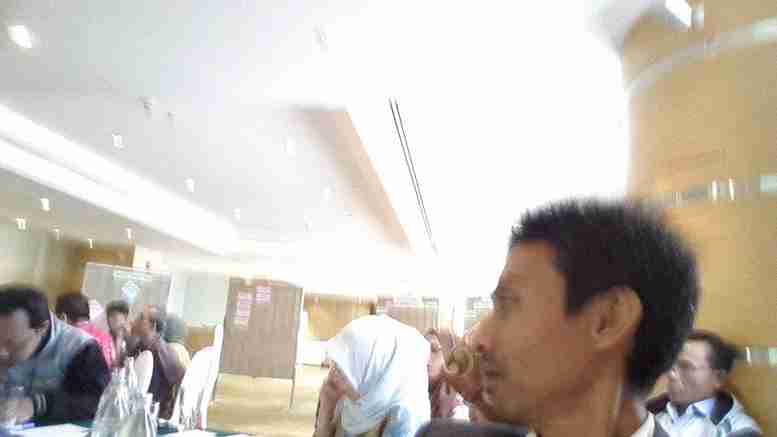
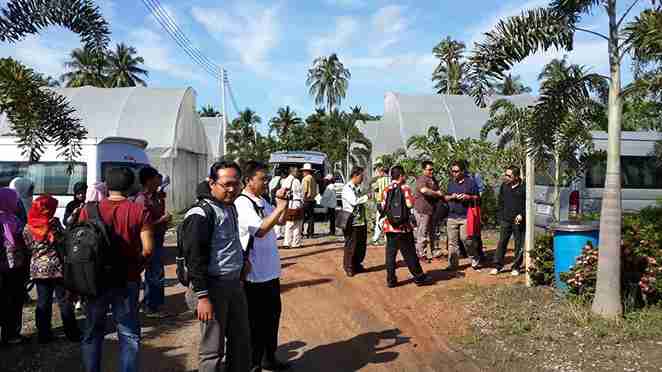
Gambar 2. Dinamika Training dan Kunjungan Lapang
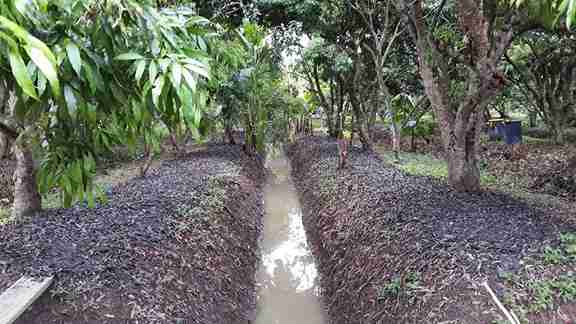
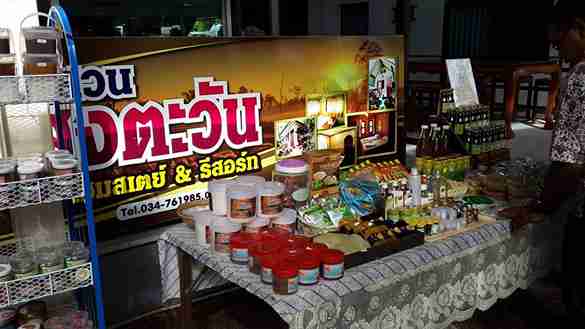
Gambar 3. Manajemen OTOP
Studi Komparasi Akademik ke Perguruan Tinggi di Thailand Tahun 2012
Dalam rangka pelaksanaan Hibah Revitalisasi Program Studi Pertanian, maka Program Studi Agroteknologi dan Agribisnis melaksanakan studi komparasi akademik ke perguruan tinggi di Thailand, khususnya di Kasetsart University, Bangkok.
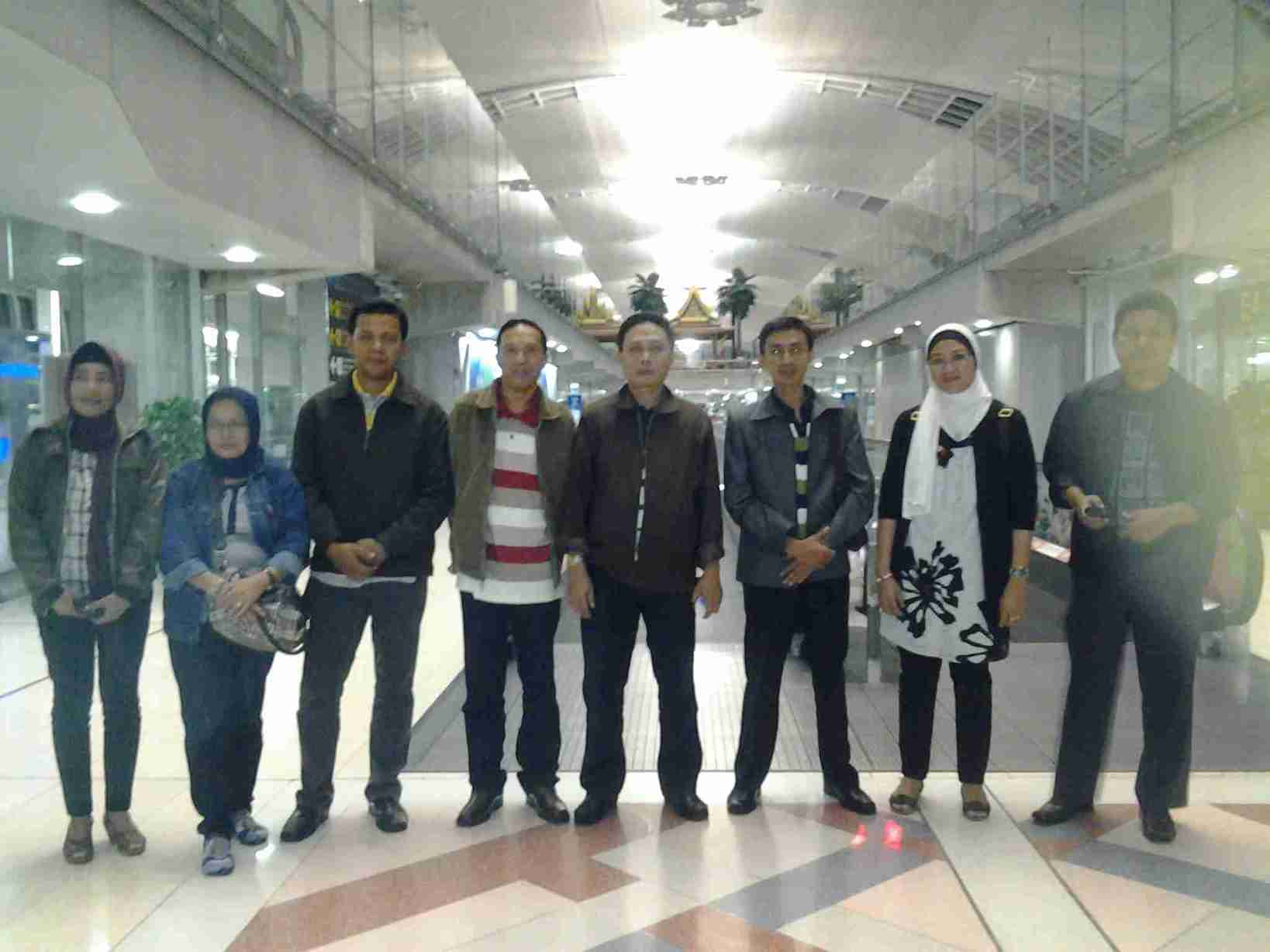
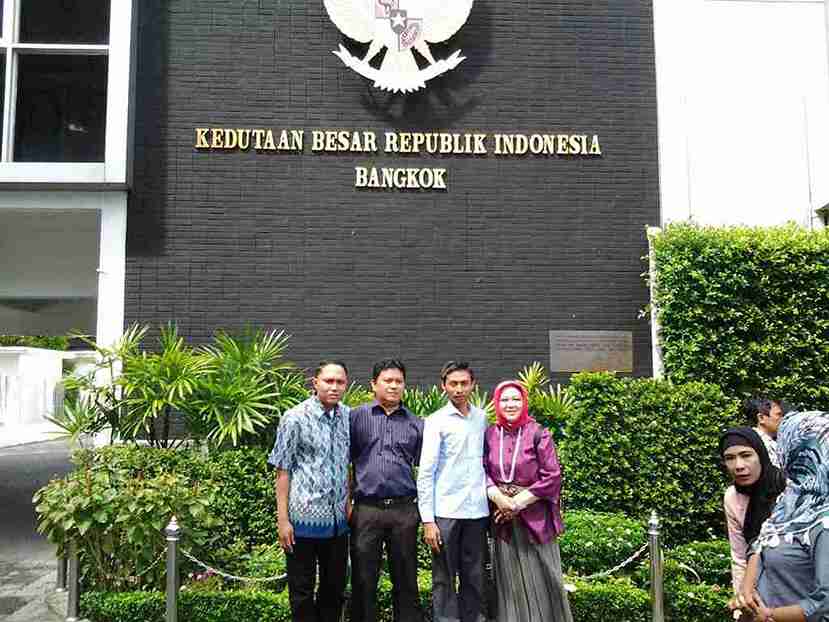
Gambar 1. Kunjungan ke Kedutaan Besar RI di Bangkok
Kegiatan ini berlangsung selama 5 hari, mulai tanggal 9 Juni - 14 Juni 2012. Kegiatan ini dimulai dengan kunjungan ke Kedutaan Besar Ri di Bangkok, kemudian dilanjutkan dengan kunjungan ke Kasetsart University. Selanjutnya, kunjungan ke University Farm sebagai pusat kegiatan akademik pertanian di Bangkok yang dikelola oleh Kasersart University
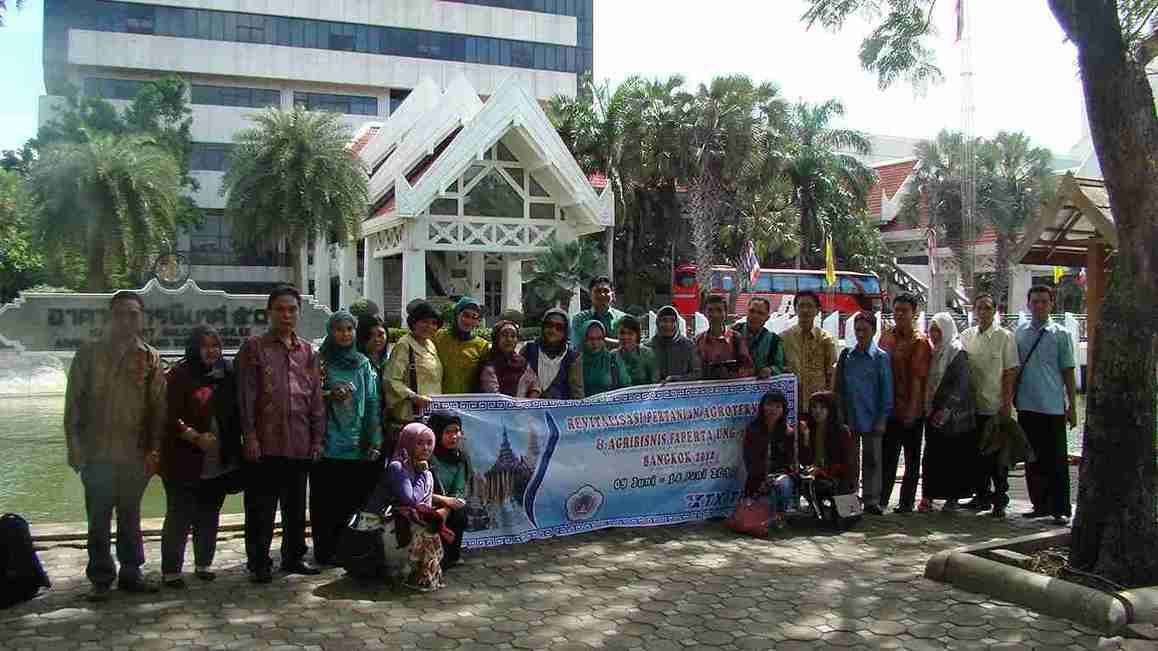
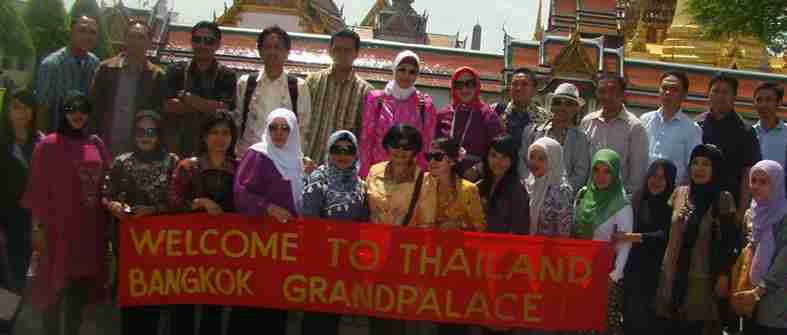
Gambar 2. Kunjungan ke Kasetsart University dan ke Grandpalace
Evaluasi Kesesuaian Lahan untuk Pengembangan Pisang di Kabupaten Boalemo, Gorontalo
Jurnal Ilmiah Agropolitan, Vol 4 No 2, September 2011: 504-512
Nurdin
Staf Pengajar Program Studi Agroteknologi Universitas Negeri Gorontalo
Abstract
Banana is one of the export commodities important, but most farmers were cultivated as a side commodity only. The objective of the study was to evaluate the land suitability for banana development and its limiting factors. This study was done with four stages, i.e data collection, laboratory analysis, data compilation, and data interpretation. Land suitability using matching approach and tools of geographical information system (GIS) software. Determining od land suitability classes using FAO (1976) framework od land evaluation. The result shown that land suitability for banana was classified as suitable (S) widely od 204,696.99 ha and widely of 13,999.53 ha od not suitable (N). The limiting factors for banana development were erosion jazard, water and oxygen availability, and root condition.
Keywords: Suitability, class, land, banana
https://drive.google.com/file/d/1BXmXxRdYc-sfHqYXxjtpjr4yQ7cVimr5/view?usp=sharing
Pemupukan Optimum Tanaman Jagung dengan Pupuk Pelangi pada Aluvial Tolongio Kabupaten Gorontalo Utara Provinsi Gorontalo
Jurnal Ilmiah Agrosains Tropis, Vol 1 No 3, September 2006: 116-123
Zulzain Ilahude, Nurdin
Staf Pengajar Jurusan Teknologi Pertanian Fakultas Ilmu-Ilmu Pertanian Universitas Negeri Gorontalo
Abstract
This study was carried out to alluvial landform of Tolongio Main Garden of Gorontalo Utara Regency of Gorontalo Province, at Agriculture Technology Laboratory of Agriculture Faculty, Gorontalo State University. Thr objective of this research was to determine the effect of Pelangi fertillizing on the production parameters and also to conduct the best dosage to obtain good responses on the production parameters of corn od Lamuru FM, Bisi-2 and Motor variety.The plot were arranged in a block design of split plot which where variety was a main plot with three treatments are Lamuru FM (V1), Bisi 2 (V2) and Motor (V3), while Pelangi fertilizer as a sub plot with fourth treatments are 0 kg/ha (PO0), 75 kg/ha (PO1), 150 kg/ha (PO2), 225 kg/ha (PO3) by three replications.This study showed that fertilizing Pelangi have significantly effect on the production parameters are plant age polination and grain weight of corn, however it was not significant on the plant heigth of corn. The recommended dosage and variety were 225 kg/ha (PO3) and Lamuru FM for production of corn, respectively.
Keywords: Alluvial, corn, production, fertilizing, optimum.
https://drive.google.com/file/d/1OdaL8mnEkPRJhkRFeFE2o9JzGXtWJpVc/view?usp=sharing
Climate as A Key Factor of Land Suitability for Maize Development at North Isimu Area, Gorontalo
Jurnal Ilimah Agrosains Tropis, Vol 1 No 1, Januari 2006: 1-6
Nelson Pomalingo, Nurdin
Jurusan Teknologi Pertanian Fakultas Ilmu-Ilmu Pertanian Universitas Negeri Gorontalo
Abstract
The rainfall, relative humidity and temperature data of North Isimu Area of Gorontalo Regency were collected for period 1961-2005. For land suitability purpose, the potential evapotranspiration is cumputed using Thorwhitw Methods. This area which has dry season of 3 month and growing period of 5 month is potential for development of the yearround of maize when correct planting time is properly carried out. The computation of water balance used as basic strategy for water management and crop calendars. Rainfall, relative humidity and temperature are component which determinees alnd suitability of maize. Land suitability analysis for maize development using category system based on limiting factor method. Then, the computation of comparative suitability value using Felozardo (1978) method. The result of this research has shown that land suitability classes for maize development based on climate factors are moderately suitable (S2). Then, the comparative suitability value of this area are 86.67%. The crop calendar for maize development at North Isimu Upland area is January until March as first cultivation and April until July as second cultivation. In soil factor are very supproting for maize developing at North Isimu Upland area.
Keywords: Land suitability, climate, maize, crop calendar, upland, Isimu Utara.
https://drive.google.com/file/d/1DgG4CI7sASGGHqVdxgDfCUUwA-IPYUoS/view?usp=sharing
Kategori
- Abstract 2006
- Abstract 2009
- Abstract 2011
- Abstract 2012
- Abstract 2013
- Abstract 2014
- Abstract 2016
- Abstract 2018
- Abstract 2019
- Abstract 2020
- Abstract 2021
- Abstract 2022
- Abstract 2023
- Abstract 2024
- Abstract 2025
- Buku
- Kiprah Tugas Pembantuan ASN-Dosen
- Kunjungan Luar Negeri
- Mata Kuliah
- Pengukuhan Guru Besar, Prof. Dr. Nurdin, SP, MSi
- Project 2009
- Project 2010
- Project 2013
- Project 2018
- Project 2019
- Project 2020
- Project 2021
- Project 2022
- Publikasi Ilmiahku
- Soil Scientist from Gorontalo
Arsip
Blogroll
- a-SintaID
- b-Google Scholar
- c-Scopus ID
- d-Web of Science (WoS) ID
- e-ResearchGate
- f-Academia.edu
- g-SciProfiles
- h-Loop ID
- i-LinkedIn
- j-OrcidID
- k-figshare
- l-Youtube
- m-Twitter
- n-Facebook
- o-Universitas Negeri Gorontalo
- p-BIMA-Kemendikbud RI
- q-FAPERTA UNG
- r-LP2M UNG
- s- LP3M UNG
- t-SIMPPM UNG
- u-SIMLIT UNG
- v-Rispro LPDP
- w-BRIIN
- x-PDDIKTI
- y-GRS BPDPKS
- z-kampusmerdeka
- z1-ANJANI
- z10-SIAT UNG
- z11-Aplikasi SIAGA
- z12-SPADA Indonesia
- z13-SISTER
- z14-tesaurus.kemdikbud
- z15-UKBI
- z16-typoonline
- z17-Turnitin
- z18-Zetero
- z2-eHAKI
- z20-Himpunan Ilmu Tanah Indonesia(HITI)
- z21-BKN
- z21-Kementan RI
- z22-BPS Provinsi Gorontalo
- z23-BPS Kabupaten Boalemo
- z24-BPS Kabupaten Bone Bolango
- z25-BPS Kabupaten Gorontalo
- z26-BPS Kabupaten Gorontalo Utara
- z27-BPS Kabupaten Pohuwato
- z3-Arjuna
- z4-DIKTI
- z5-GARUDA Dikti
- z6-SIM Karier dan SDM Kemendikbud
- z7-KBBI
- z8-Kedaireka
- z9-RAMA
